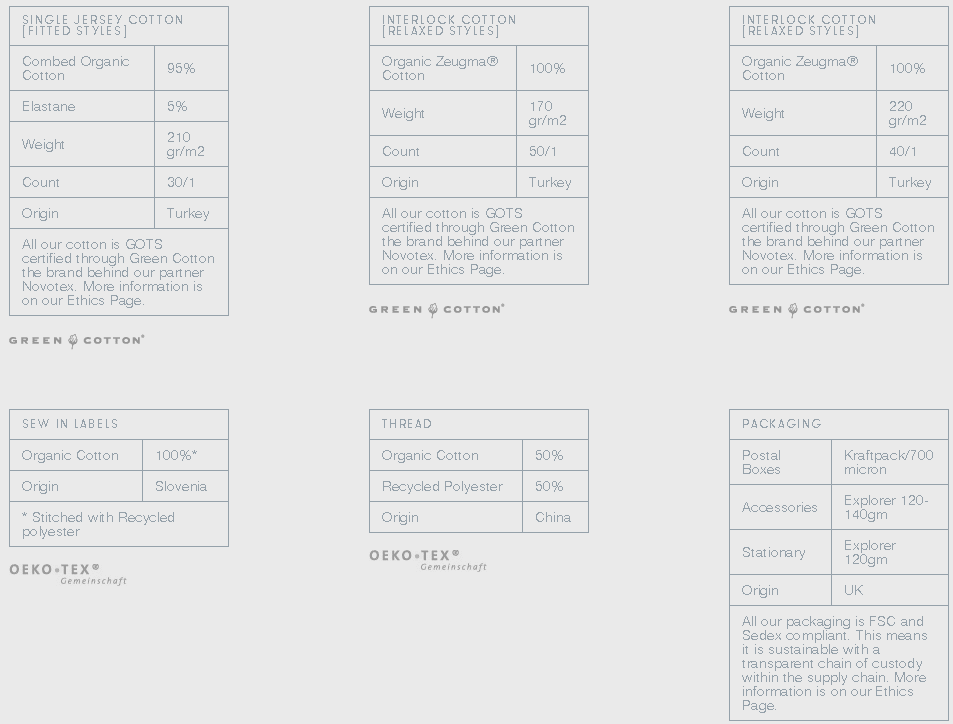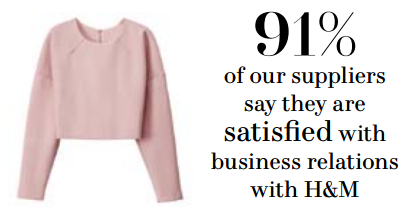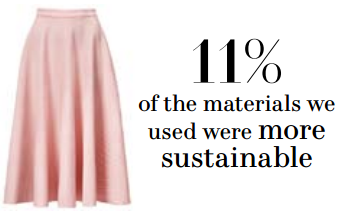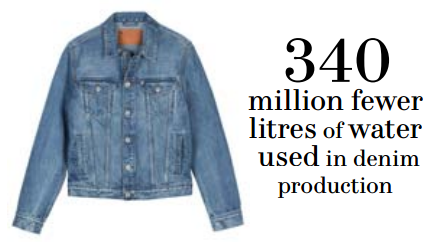The path to sustainability
For a few months now, the fast fashion retailer H&M has been talking about a Conscious collection, somehow involving sustainability and a more ethical approach to their manufacturing. Curious, I checked out their website to read more about the initiative. The Swedish multinational describes the seven commitments implied in this strategy:
- Provide fashion for conscious customers
- Choose and reward responsible partners
- Be ethical
- Be climate smart
- Reduce, reuse, recycle
- Use natural resources responsibly
- Strengthen communities
They are all explained on the website and it looks satisfactory, from my point of view. They seem to be trying to change things little by little, knowing that not only is this a global need, but that consumers are demanding it.
On their 2013 Sustainability report, they offer a detailed breakdown of the sustainability initiatives they are pursuing and the progress accomplished so far. The report states that they conduct multiple audits on their suppliers and themselves and the report itself is signed by two certified public auditors.

H&M sustainability goals
These efforts are incredibly valuable, highly appreciated and necessary. I was expecting to find a series of holes and contradiction in the report, but it looks very thorough and clearly written. They state the percentage of compliance with some of their goals, for example:
I applaud H&M for doing this and for being aware of all the changes they still have to make to be truly “sustainable”. Two main issues jump to my attention:
1. Lack of international standards. The company isn’t really mentioning international standards of materials or workforce policies, such as GOTS (Global Organic Textile Standard) or WFTO (World Fair Trade Organization), when they make claims of organic materials or living wages. Such standards are not necessary to do things well, maybe they are on track to acquiring some of them, but adopting generally accepted regulations would seem a good way to validate what they are doing. The lack of standards might be a function of the fact that they are not 100% compliant or their own limitations as a company. I also knowledge that such a massive multinational operation is much more difficult to control and to map clearly; there is still information that is not explicit in this report or any of the other publications I’ve seen: where are their factories? Specifically, who are their intermediaries? Where are the fabrics produced? How do their factories deal with waste water? Those are still questions we don’t have complete answers to and that we consider essential to assess the sustainability and transparency of a brand.

Yes, H&M’s use of organic cotton has increased, but it is still a small proportion of their total production. Source: H&M
2. The fact that many small companies are doing now what H&M hopes to be able to do by 2020. Right now there are multiple fashion startups producing 100% certified organic , eco-friendly, fair-trade and have a completely transparent supply chain. Yes, it is possible and these companies have gone through much difficulty to do it and earn the right to call themselves sustainable. Below is is an example of The White T-shirt Co‘s materials, all their cotton is organic cotton GOTS certified. This company and others like Constant Simplicity and beegood do their best to use all sustainable materials, weather it is organic cotton or bamboo, which is superior as it requires less water and chemicals.

Source: The White t-shirt Co
Skeptical but optimistic
So, why is this important? Because H&M simply needs to focus on profitability and keep their prices low in order to keep their market share; sustainability is not a priority and wasn’t even on the map until relatively recently. They are doing a good job, but they simply cannot be compared to brands that were born with the idea of building sustainable collections and that are really fighting the machine to do thing their own way, which is not cheap or easy.
This is not about undermining the company’s efforts, but rather offering an objective perspective: H&M’s primary virtues as a brand are competitive pricing and styles, not sustainability, they are barely scratching the surface of what they can do and I hope they do a lot more.
Conclusion
It is indeed quite the contradiction: a fast fashion company trying to do slow fashion; they are doing great things, but what do they really believe in? When you have stakeholders to answer to and mullions of dollars on the line, it is hard to change the world from one day to the next, so I really hope that the company keeps up its efforts and manages to complete the transition into a true ethical fashion brand. Until then, I will remain cautious but optimistic.





